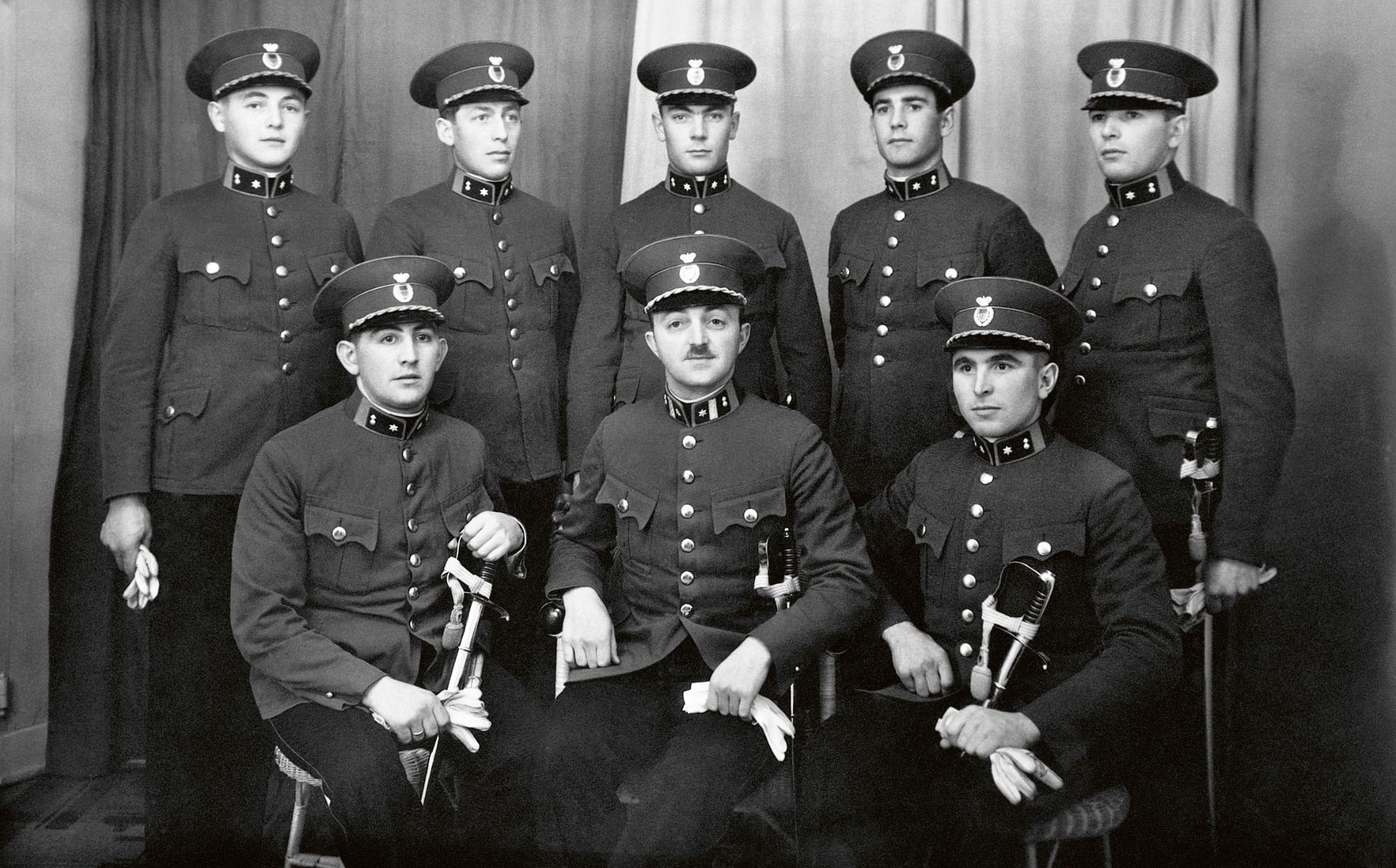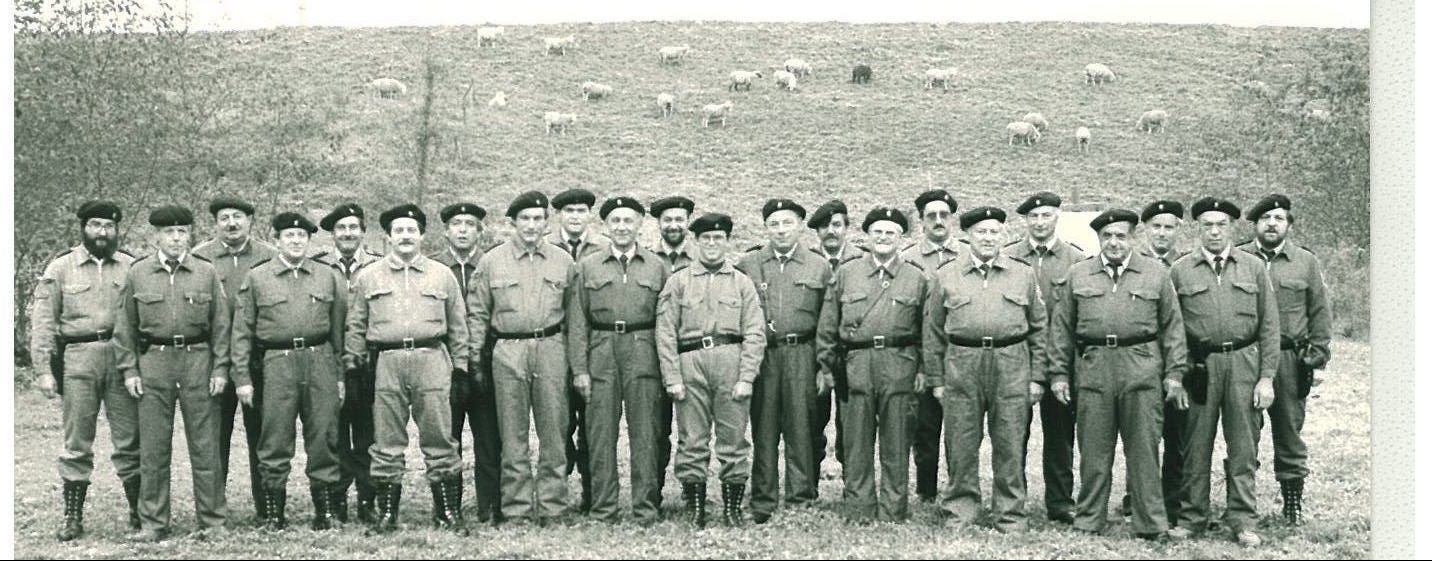History
Princely Liechtenstein Security Corps

The beginnings in 1933
In 1932, the Princely Liechtenstein Security Corps was conceived as a civilian guard force to maintain order, peace and security.
Seven police officers took up duty in Vaduz in 1933 and were quartered in the government building. Four years later, the police officers were supported by 19 auxiliary police officers.

1945 to 1964
After the Second World War and the associated stabilization of political conditions abroad, the Liechtenstein police force found itself in calmer waters. At the beginning of the 1960s, a reorganization was initiated due to the outdated structure.

1964 to 1991
The Security Corps was divided into three different departments: Administration, Investigation and Traffic. This division of labor is also prevalent in today's modern police structure, even if the names are not quite identical.
Other milestones in these years were the planning of the police building, the establishment of an intervention unit of police grenadiers in 1989 and the drafting of a modern police law.
1991 until today
In 1991, the National Police were able to move into the new police building and thus better meet their needs. Six years later, the visual change from the security corps to the national police took place with the new uniform. In 1998, the National Police force was finally reorganized, thus completing the internal organizational change.
Due to the financial turmoil in 2000, a specialized unit was created within the criminal investigation department to combat economic and organized crime. For the first time in the history of the National Police, foreign nationals were accepted as police officers.
In view of the ever-increasing internationalization of crime, the National Police, as a small security authority, was forced to increasingly seek cooperation in police work and build international networks. This intensified reorientation beyond our own borders was reflected in 2001 in the trilateral police cooperation agreement with Switzerland and Austria - our two most important cooperation partners. Just two years later, the National Police was accepted as an associate member of the Eastern Switzerland Police Concordat (Ostpol). This was an important step for strategic and operational cooperation, which is expressed in specific working groups and specialist committees. Since then, joint situation reports have been drawn up and equipment and operational tactics coordinated in order to simplify joint police operations. Training was also standardized with the founding of the Police school of Eastern Switzerland in Amriswil (TG) in 2006. As a member of Ostpol, the National Police can also participate in jointly operated competence centers - such as forensic technology - and thus have access to specialist knowledge that it would not be able to maintain on its own. The Polycom radio network, which is operated jointly with Switzerland, is another example of this close regional security cooperation.
However, police cooperation goes beyond collaboration with our immediate neighbors. In December 2011, Liechtenstein joined the Schengen area, which opened up completely new possibilities for the National Police to search for persons and property throughout Europe via its SIRENE office. As a member of EUROPOL, the National Police also benefits from the large network of liaison officers at the headquarters in The Hague (NL) as well as from the in-depth analysis of various criminal phenomena. The only liaison officer of the National Police is also accredited with Europol.
Whereas evidence used to be found in letters, paper files and notebooks, it is now stored as digital information in smartphones, iPads, computers and clouds. Crimes are increasingly being committed digitally on the blockchain, on the internet and on social media platforms. For this reason, the National Police created a new competence center in 2021 with the Digital Crime Unit. By building up resources and expertise in this area, the aim is to enable the National Police to also ensure law enforcement in this area so that the virtual world does not become a lawless space.
